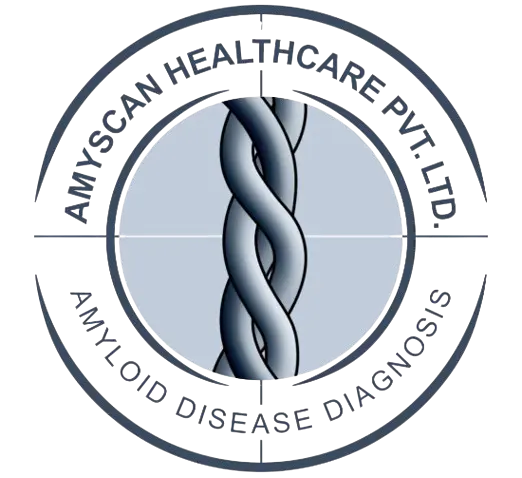
Treatment Options for Parkinson’s Disease
IN THIS SECTION
About Parkinson’s
Treatment Options for Parkinson’s Disease
Although Parkinson’s disease cannot be cured, there are several therapeutic options that can help control symptoms and enhance quality of life. Usually, supportive therapy, surgery, and medication are used in combination for treatment.
Medications
Most medications aim to replenish or mimic dopamine, the neurotransmitter that is deficient in patients with Parkinson’s.
Levodopa-Carbidopa: The most effective medication for managing the symptoms of Parkinson’s disease is levodopa. In the brain, it is transformed into dopamine, which eases motor problems. Levodopa and carbidopa work together to reduce adverse effects including nausea by preventing the drug’s early conversion to dopamine outside the brain.
Dopamine Agonists: These drugs are frequently used in the early stages of Parkinson’s disease or in combination with levodopa because they imitate the effects of dopamine in the brain. Examples include Ropinirole, Pramipexole, and Rotigotine. Dopamine agonists can be associated with side effects like drowsiness and impulsive behaviors. Dopamine agonists can be associated with side effects like drowsiness and impulsive behaviors.
Monoamine oxidase B (MAO-B) inhibitors: MAO-B Inhibitors like Rasagiline and Selegiline, block dopamine disintegration in the brain, elongating its effects. They are often used in the early stages or as an supplement to Levodopa.
Catechol-O-methyltransferase (COMT) inhibitors: COMT Inhibitors like Tolcapone and Entacapone elongate the effect of Levodopa by blocking the dopamine-breaking enzyme. These are typically used in patients experiencing “wearing-off” effects with Levodopa.
Amantadine: Amantadine, an antiviral drug, helps lessen dyskinesias (involuntary movements) associated with prolonged Levodopa use. It may also have some benefit in controlling tremors.
Commonly available medications in India used to treat Parkinson’s Disease are: Dopamine Agonists Levodopa-Carbidopa Combinations COMT Inhibitors MAO-B Inhibitors Anticholinergics Amantadine
Invasive and Non-invasive treatments
For patients who experience significant motor fluctuations or who don’t react well to medicine, advanced invasive treatment strategies may be considered.
Deep Brain Stimulation (DBS): The most commonly used surgical treatment for Parkinson’s Disease is DBS. It requires implanting electrodes in particular brain regions, like the globus pallidus or subthalamic nucleus, that are linked to a pulse generator that is positioned in the chest. To minimize symptoms including bradykinesia, stiffness, tremors, the device sends electrical impulses to the brain. DBS is especially helpful for people who have dyskinesias or motor irregularities that are difficult to treat with medicine alone.
Lesioning Procedures: In some cases, surgical procedures that create small lesions in specific brain areas, such as pallidotomy or thalamotomy, may be performed to control symptoms. However, these procedures are less commonly used today due to the availability of DBS.
Continuous Dopaminergic Stimulation Therapy: Apomorphine pump is a light weight pump used to treat motor symptoms in Parkinson’s disease by stimulating dopamine production. It is one of the less-invasive and effective treatment options for those patients with and PD when oral medications are slow/inadequate to act or patients can’t undergo DBS.
Duodopa Pump: For severe Parkinson’s disease, DuoDopa is a gel that combines levodopa and carbidopa and is injected straight into the small intestine via a surgically inserted tube. It can lessen off time and assist keep levodopa’s plasma concentration steady.
Focused ultrasound Therapy: Focused ultrasound therapy (FUS) is a non-invasive procedure that uses ultrasound beams to alleviate symptoms of Parkinson’s disease by disrupting circuits linked to tremor.
Supportive Therapies
Aside from drugs and surgery, several therapies can help control Parkinson’s disease symptoms and enhance quality of life. Physical Therapy: Improving strength, balance, and mobility are the main goals of physical therapy. Exercises that improve posture, flexibility, and coordination can help patients maintain mobility and lower their risk of falling.
Occupational Therapy: Occupational therapy assists patients in adapting to the physical challenges of Parkinson’s Disease. Therapists may help patients become better at doing everyday tasks, including eating, writing, and dressing. They also recommend assistive devices to enhance independence.
Speech Therapy: Speech and swallowing issues are common in Parkinson’s disease patients. Speech therapists can help patients improve their communication skills through exercises that strengthen the muscles used Additionally, they in speech. can offer methods for controlling swallowing issues and lowering the risk of aspiration.
Dietary Management: Patients with Parkinson’s disease can benefit from a balanced diet full of fruits, vegetables, healthy grains, and lean meats. Some patients may benefit from a diet high in fiber to manage constipation, a common non-motor symptom. Additionally, patients on Levodopa may need to adjust their protein intake, as high protein meals can interfere with the absorption of the medication.
Disclaimer
The information provided on this website is for general knowledge and educational purposes only. It is not intended to replace medical advice, diagnosis, or treatment. If you are experiencing symptoms that may be related to Parkinson’s disease, please consult a qualified healthcare professional.
